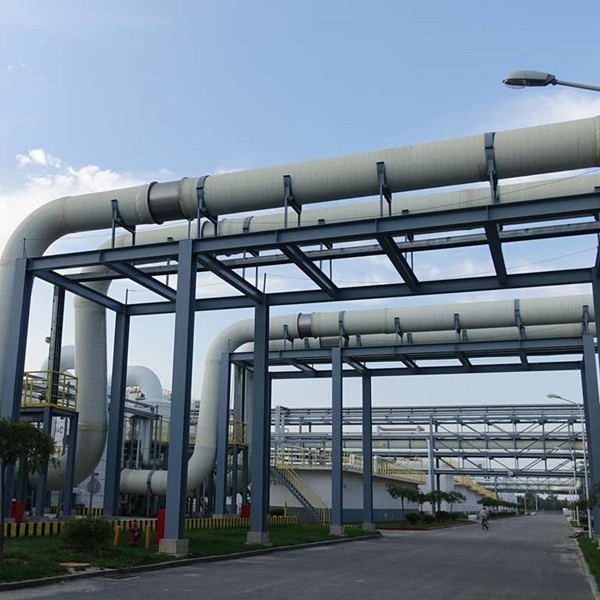
-
 Afrikaans
Afrikaans -
 Albanian
Albanian -
 Amharic
Amharic -
 Arabic
Arabic -
 Armenian
Armenian -
 Azerbaijani
Azerbaijani -
 Basque
Basque -
 Belarusian
Belarusian -
 Bengali
Bengali -
 Bosnian
Bosnian -
 Bulgarian
Bulgarian -
 Catalan
Catalan -
 Cebuano
Cebuano -
 China
China -
 China (Taiwan)
China (Taiwan) -
 Corsican
Corsican -
 Croatian
Croatian -
 Czech
Czech -
 Danish
Danish -
 Dutch
Dutch -
 English
English -
 Esperanto
Esperanto -
 Estonian
Estonian -
 Finnish
Finnish -
 French
French -
 Frisian
Frisian -
 Galician
Galician -
 Georgian
Georgian -
 German
German -
 Greek
Greek -
 Gujarati
Gujarati -
 Haitian Creole
Haitian Creole -
 hausa
hausa -
 hawaiian
hawaiian -
 Hebrew
Hebrew -
 Hindi
Hindi -
 Miao
Miao -
 Hungarian
Hungarian -
 Icelandic
Icelandic -
 igbo
igbo -
 Indonesian
Indonesian -
 irish
irish -
 Italian
Italian -
 Japanese
Japanese -
 Javanese
Javanese -
 Kannada
Kannada -
 kazakh
kazakh -
 Khmer
Khmer -
 Rwandese
Rwandese -
 Korean
Korean -
 Kurdish
Kurdish -
 Kyrgyz
Kyrgyz -
 Lao
Lao -
 Latin
Latin -
 Latvian
Latvian -
 Lithuanian
Lithuanian -
 Luxembourgish
Luxembourgish -
 Macedonian
Macedonian -
 Malgashi
Malgashi -
 Malay
Malay -
 Malayalam
Malayalam -
 Maltese
Maltese -
 Maori
Maori -
 Marathi
Marathi -
 Mongolian
Mongolian -
 Myanmar
Myanmar -
 Nepali
Nepali -
 Norwegian
Norwegian -
 Norwegian
Norwegian -
 Occitan
Occitan -
 Pashto
Pashto -
 Persian
Persian -
 Polish
Polish -
 Portuguese
Portuguese -
 Punjabi
Punjabi -
 Romanian
Romanian -
 Russian
Russian -
 Samoan
Samoan -
 Scottish Gaelic
Scottish Gaelic -
 Serbian
Serbian -
 Sesotho
Sesotho -
 Shona
Shona -
 Sindhi
Sindhi -
 Sinhala
Sinhala -
 Slovak
Slovak -
 Slovenian
Slovenian -
 Somali
Somali -
 Spanish
Spanish -
 Sundanese
Sundanese -
 Swahili
Swahili -
 Swedish
Swedish -
 Tagalog
Tagalog -
 Tajik
Tajik -
 Tamil
Tamil -
 Tatar
Tatar -
 Telugu
Telugu -
 Thai
Thai -
 Turkish
Turkish -
 Turkmen
Turkmen -
 Ukrainian
Ukrainian -
 Urdu
Urdu -
 Uighur
Uighur -
 Uzbek
Uzbek -
 Vietnamese
Vietnamese -
 Welsh
Welsh -
 Bantu
Bantu -
 Yiddish
Yiddish -
 Yoruba
Yoruba -
 Zulu
Zulu
Exploring Techniques and Innovations in Coal Mine Drilling for Enhanced Efficiency and Safety
The Importance of Drilling in Coal Mining
Coal mining has played a crucial role in the industrial development of many nations, providing a significant source of energy and raw materials for various industries. To extract coal efficiently and safely, drilling has become an essential aspect of the mining process. This article explores the significance of drilling in coal mining, highlighting the techniques used and the challenges faced by miners.
Drilling Techniques in Coal Mining
Drilling in coal mining primarily serves two purposes exploration and production. During the exploration phase, prospective mining sites are evaluated through various drilling techniques, providing valuable data on coal seams, their thickness, quality, and depth. Common methods include core drilling, rotary drilling, and auger drilling. Core drilling allows for the collection of cylindrical samples from deep within the earth, helping geologists assess the coal's properties.
Once a site is deemed viable, production drilling begins. This process involves drilling boreholes to deposit explosives, which fragment the coal seam for easier extraction. Traditional drilling methods, like bench drilling and blasthole drilling, have been widely used; however, modern advancements have introduced more sophisticated techniques such as directional drilling and continuous miners equipped with advanced drilling capabilities.
The Role of Technology
Recent innovations in drilling technology have significantly enhanced efficiency in coal mining. The integration of automated drilling systems has allowed for greater precision and reduced human error. Moreover, the use of real-time data analysis and remote monitoring systems enables miners to optimize drilling parameters, leading to improved safety and productivity.
coal mine drill

Additionally, the advent of advanced geological mapping and modeling software has revolutionized how coal seams are approached. By using 3D modeling techniques, miners can visualize the coal deposits before drilling even begins, minimizing the risk of costly mistakes. This technology also aids in environmental impact assessments, ensuring mining activities are conducted responsibly.
Challenges in Drilling for Coal
Despite advancements in technology, drilling in coal mining presents numerous challenges. One significant issue is the presence of methane gas, which can be hazardous during the drilling process and poses explosive risks. To mitigate this danger, proper ventilation systems and monitoring are essential. Moreover, the fracturing of rock layers during drilling can lead to water inflow, causing instability and complicating the extraction process.
Environmental concerns also play a pivotal role in coal mining activities. Drilling operations can disrupt local ecosystems and contribute to soil erosion and water pollution. As society shifts towards cleaner energy sources, the coal industry faces increased scrutiny regarding its environmental impact. Sustainable drilling practices are increasingly essential to balancing economic needs and environmental responsibility.
Conclusion
Drilling is an integral part of coal mining that significantly influences extraction efficiency and safety. While technology continues to evolve, making drilling more accurate and less dangerous, challenges such as methane hazards and environmental concerns remain at the forefront of the industry. As the global energy landscape changes, the coal mining sector must adapt by adopting innovative practices that prioritize both productivity and ecological sustainability. Understanding the intricacies of coal mine drilling is vital for navigating the future of energy production in a world that demands both efficiency and responsibility.
Latest news
-
Oblate Tanks: Space-Saving, Durable Liquid Storage SolutionsNewsAug.27,2025
-
High-Performance Piping System Solutions for Industry & Commercial UseNewsAug.26,2025
-
Precision Fittings: Durable & Reliable Industrial & Plumbing SolutionsNewsAug.25,2025
-
Practical Steps: Unlock Success with Our Proven GuidesNewsAug.24,2025
-
Transport Tanks: Safe, Durable & Efficient Liquid HaulingNewsAug.23,2025
-
High-Quality Piping Systems for Efficient Flow & DurabilityNewsAug.22,2025









